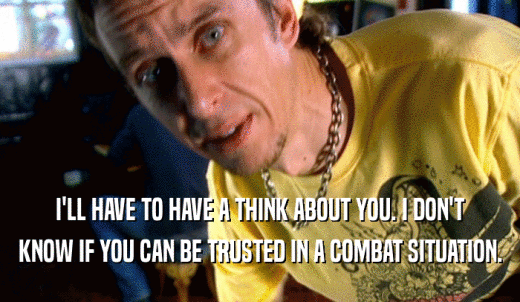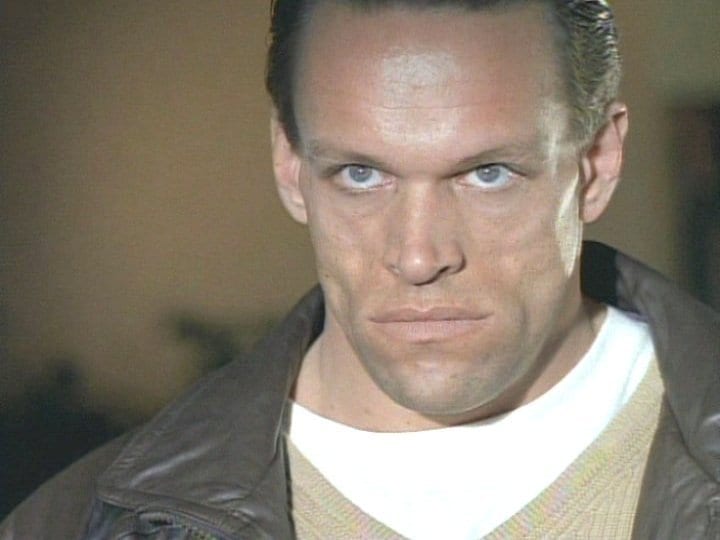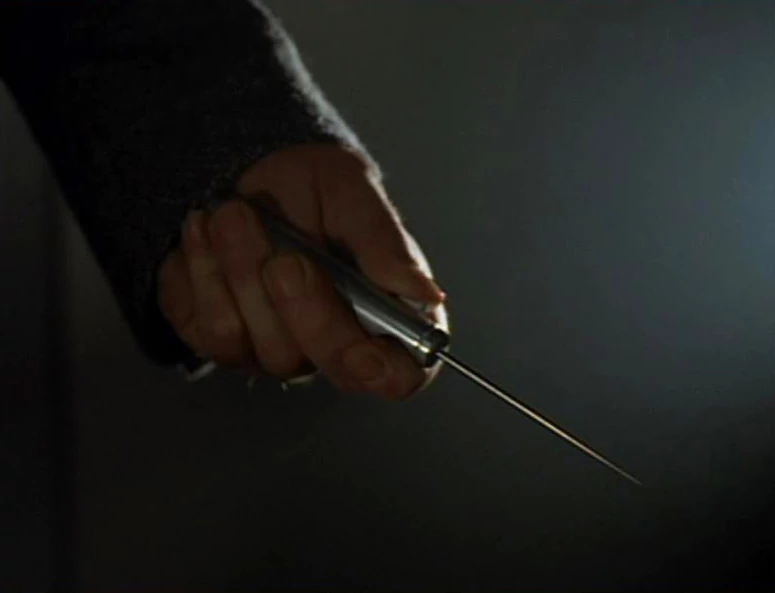I guess I’ll file this one under “Movies/TV,” but it’s really more of a continuation of my last post, which is case it wasn’t clear, was anti-communist in its politics, just in case that wasn’t clear.
That may not have been clear, since in the post I compared how communist governments tend to run themselves to how corporations run themselves: in a top-down manner, with an authoritarian leader at the top – a “great leader” of some sort at the top of a communist regime, a CEO at the top of a corporation – and with workers at the bottom.
Anyway, I was watching some movies today (it’s Sunday, October 23 as I type this) and the first one I will mention was a Korean movie with the English title “El Condor Pasa” that I ended up turning off a little more than halfway through, because to be frank it wasn’t very good. But as you may or may not know, there’s a Simon and Garfunkel song with the same title, and it features the lyric I used for a title here, so I figured that I would at least mention it.
The title fits better with regard to the next movie I started watching just now, a Canadian documentary called “Letter From Masanjia” that I would like to briefly discuss, with regard to the last post, which may or may not seem controversial to some readers.
I don’t think it’s controversial, and for the record I’m glad I live here in the USA, where I’m allowed to write about pretty much anything I want to, as long as I’m not threatening violence or anything like that.
Anyway, the letter that the documentary is about was written by a Chinese man named Sun Yi, who was in a forced labor camp in China.
Sun Yi was put in the prison camp for his involvement in a religious group called Falun Gong, one that the Chinese communist party outlawed several years ago because of their alleged – emphasis on alleged – involvement in murders in China, as well as for creating political discord in China.
According to Sun Yi, the real reason Falun Gong was outlawed in China is that their membership (according to him) reached somewhere between 70 and 100 million people, and was beginning to have more influence than the communist party, which only had around 60 million people.
Sun Yi was sent to a the Masanjia Labor Camp near Shenyang, China because of his involvement with Falun Gong. While there, he was forced to make Halloween decorations that would be sold in English-speaking countries, a fact he deduced from the English writing on the boxes that the decorations went out in.
Sun Yi wrote several letters in English and Chinese – more than 20, I think the documentary said – secretly in bed, a few words at a time, while guards weren’t looking. He slipped the letters into boxes when the finished products were sent out, and hoped for the best.
A woman in Portland, Oregon found one of his letters, and the story went viral. Sun Yi – who had since been released from the labor camp, and secretly bypassed China’s internet firewall to read Western news – saw her story. He’s in the documentary, filmed secretly over Skype. I haven’t finished it, so I am not sure if he gets arrested again for filming it.
The main thing I wanted to briefly write about is how a communist government – which, remember: the stated goal of communist “revolutions” is to liberate the working class from oppressive capitalists – is using forced labor to produce inexpensive goods that will be sold in capitalist markets.
It’s strange, how this all works out: some American company (or a Chinese company that does business in the USA) is in the business of using communist party-sanctioned forced labor to produce goods that will be sold to capitalists overseas.
In a country (the USA) which is far from perfect, but nonetheless does not (currently) feature forced labor as part of its political system.
I point this out to illustrate that the stated ideology of the communist party does not in any way match up with its actual treatment of workers.
And to flip it around, “forced labor” is not something that American capitalists claim to endorse. Everyone reading the story about Sun Yi’s letter was outraged, yet very few (presumably) gave a second thought about it the next time they went to buy Halloween decorations, or Christmas decorations, or any number of inexpensive “Made In China” items that may have also been produced in a forced labor camp like the one Sun Yi was imprisoned in.
At any rate, it’s a well-documented fact: labor conditions in communist China are among the worst in the world. And it’s not just cheap decorations. Apple has been criticized often for the conditions at its factories in China, which feature “suicide nets” to prevent overstressed workers from literally killing themselves from being overworked.
Which think about Apple for a minute. Their current CEO is Tim Cook, and he’s the bigshot who has the final say-so and all, and he’s the guy who currently does the little presentations a few times a year, where Apple trots out a slightly modified version of the same small product line and acts like they’ve reinvented the wheel every time.
To be sure, Apple makes quality products. Not denying that. But at the end of the day, it isn’t Tim Cook who built my iPhone, it’s some working-class Chinese person who didn’t get paid very much, who was overworked, and who lives under a “revolutionary” regime that was supposed to eliminate classism and elevate the worker to a higher level in society.
So much for the revolution, I guess.
But think about political figures in China briefly: the current President/General Secretary of the Communist Party is Xi Jinping. But he’s not the guy you see on the big banners, any time Chinese government buildings are shown.
That guy is Chairman Mao, Mao Zedong, the “great leader” behind the communist revolution that brought about China’s current political state.
Strip away all the ideology, and just focus on the optics here: there’s an actual leader (Xi Jinping) who has control over everything in the country, basically, with a “legendary” type figure in the background of everything, a figure who is still viewed with reverence as being the one who started it all, everybody loves him, movies are made about him, he’s quoted often, etc. ad nauseam.
Remember, just going on superficial optics, no ideology here: look at how Xi Jinping runs the country, with the ghost of Mao in the background, gently smiling, his “revolution” still going strong, inspiring Xi Jinping and his communist party to run China in a way that would make him proud…
And then look at Tim Cook and how he runs Apple: in the shadow of Steve Jobs. Steve Jobs, who “started it all,” everybody loves him, movies are made about him, he’s quoted often, etc. ad nauseam.
And yes, I absolutely am comparing the Xi Jinping – Mao Zedong dynamic to the Tim Cook – Steve Jobs dynamic, purely in terms of optics. I.e. how it appears superficially.
If you’re following along here – even if you think I’m off my rocker – remember that “ideology” is not being considered in these comparisons. Because the “free market” capitalist ideology of Steve Jobs is diametrically opposed to the communist ideology of Mao Zedong…
But on the one hand, the legacy of Steve Jobs requires abhorrent labor conditions to continue, and Apple is supposedly against that…
And on the other hand, Mao’s legacy requires it to do business with capitalist entities like Apple and subject it’s supposedly “liberated” workforce to conditions that capitalist countries don’t allow.
So, what you should understand is, it’s not actually controversial or even unusual for little ol’ me to “strip away ideology” and point out similarities between two supposedly opposite systems.
Why not? Because leaders in both systems act in ways that oppose their stated ideology all the time.
Thank you for reading. 🙂



